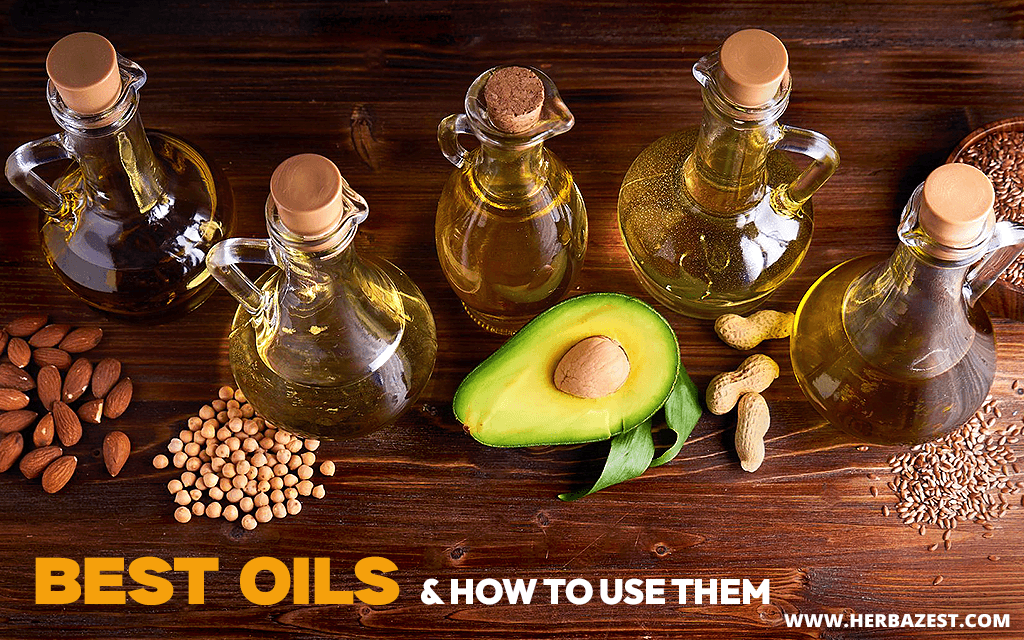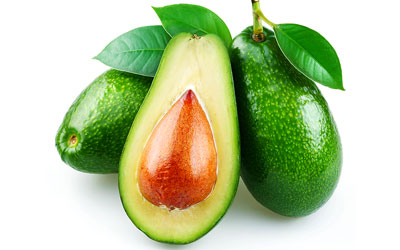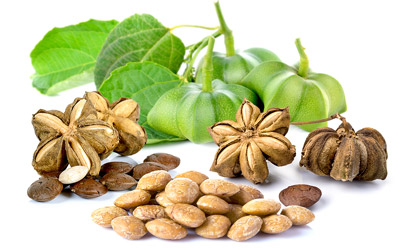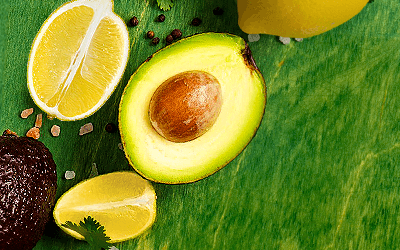Cooking oils play a vital role in elevating everyday meals, infusing them with rich flavors, creating perfect textures, and delivering essential nutrients. But did you know that not all oils are created equal? Each oil brings its own distinct qualities to the kitchen, and knowing which one to use can elevate your dishes while maximizing their health benefits. Keep reading to explore some of the best oils, uncover their unique properties, and learn how to use them to take your cooking—and health—to the next level!
1. Olive Oil
Olive oil is a staple in Mediterranean diets, well-known for its numerous health benefits. It's extracted from olives, which are rich in monounsaturated fats and contain powerful antioxidants like polyphenols, which are known to reduce inflammation and lower the risk of chronic diseases like heart disease. In fact, studies have shown that virgin olive oil can benefit people with coronary heart disease.1
- Best Uses: Extra virgin olive oil has a smoke point of 350°F and is best used for low to medium-heat cooking, like sautéing, and for salad dressings or dipping. Virgin olive oil, which is slightly more refined, has a smoke point of 420°F and can also be used for similar purposes.
2. Coconut Oil
The oil extracted from coconuts has surged in popularity in recent years, largely due to its unique composition, particularly its medium-chain triglycerides (MCTs). These fats are quickly metabolized by the body, providing a fast and efficient energy source. Additionally, coconut oil offers antimicrobial benefits and may help boost metabolism and aid in weight management thanks to its MCT content. However, its high levels of saturated fat warrant cautious use, particularly for individuals mindful of heart health, making moderation key.
- Best Uses: Virgin coconut oil (smoke point of 350°F) is great for baking and lower-heat cooking, adding a subtle coconut flavor to dishes. Refined coconut oil has a higher smoke point (400°F) and is suitable for frying and high-heat cooking.
3. Avocado Oil
Avocado oil, which is extracted from the flesh of avocados, is celebrated for its high content of heart-healthy monounsaturated fats and antioxidants like vitamin E. It has a neutral flavor and an incredibly high smoke point, making it versatile in the kitchen. Besides its heart-promoting properties, studies have shown that avocado oil can counteract the negative effects of a high-calorie and high-fat meal.2
- Best Uses: With a smoke point of 520°F, avocado oil is excellent for grilling, frying, and roasting. It can also be used raw in salad dressings or drizzled over vegetables and meats.
4. Sunflower Oil
Sunflower seeds offer an oil with a mild flavor and high smoke point, making it a popular choice for frying and high-heat cooking. It comes in different varieties, with high oleic sunflower oil being the healthier option, as it is rich in heart-friendly monounsaturated fats. In contrast, regular sunflower oil is high in omega-6 fatty acids and should be used in moderation to prevent an imbalance in the omega-3 to omega-6 ratio, which is important for maintaining overall health.
- Best Uses: With a smoke point of around 440°F, sunflower oil is suitable for frying, sautéing, and baking.
5. Sesame Oil
Sesame oil, known for its nutty flavor, is a common ingredient in Asian cuisine. Light sesame oil is extracted from raw sesame seeds, while toasted sesame oil is made from roasted seeds, giving it a richer flavor. Sesame oil contains antioxidants and polyunsaturated fats and may help improve blood pressure and cholesterol levels due to its anti-inflammatory properties.
- Best Uses: Light sesame oil, with a medium-high smoke point (410°F), is suitable for stir-frying and sautéing. Toasted sesame oil has a much lower smoke point and is best used as a finishing oil to enhance flavor in dressings or marinades.
6. Grapeseed Oil
Grapeseed oil, extracted from the seeds of grapes during winemaking, is celebrated for its light, neutral flavor and its abundance of polyunsaturated fats. It's also packed with vitamin E, making it a great choice for supporting skin health and boosting the immune system. However, due to its high omega-6 content, it's important to balance it with omega-3-rich foods to maintain optimal health.
- Best Uses: Grapeseed oil has a smoke point of 420°F, making it suitable for sautéing, frying, and baking. It's also a great choice for salad dressings and sauces where you don't want the oil's flavor to dominate.
7. Sacha Inchi Oil
Sacha Inchi oil, extracted from the seeds of the Amazonian sacha inchi plant, is gaining recognition for its impressive omega-3 fatty acid content. As one of the richest plant-based sources of healthy fats, sacha inchi helps improve glycemic control and regulate cholesterol levels.3 In addition to its health benefits, sacha inchi oil has a mild, nutty flavor, making it a versatile addition to various dishes, enhancing both taste and nutrition.
- Best Uses: Sacha Inchi oil is best used in meals that require no heat, like salad dressings, smoothies, or drizzled over food, as heating it can degrade its omega-3 content.
8. Peanut Oil
Peanut oil, with its subtle nutty flavor and high smoke point, is a favorite for deep-frying and a staple in both Asian and Southern cuisines. Rich in monounsaturated fats, peanuts offer more than just great taste—they also support cardiovascular health. However, peanut oil best enjoyed in moderation to maintain a healthy balance between omega-3 and omega-6 fats.
- Best Uses: With a smoke point of 450°F, peanut oil is perfect for stir-frying and deep-frying.
Choosing the right cooking oil is about balancing flavor, function, and health benefits. From high-heat frying to fresh, raw applications, each oil brings something unique to the table. By thoughtfully incorporating a variety of oils into your kitchen, you can elevate your culinary creations while nourishing your body. Embracing this diversity allows you to explore new flavors, experiment with different cooking techniques, and ensure you're making choices that benefit both your taste buds and overall well-being.
Sources
- Cleveland Clinic, Choosing and Using Cooking Oils: What to Use and When, 2023
- Colorado State University, Cooking with Fats and Oils: Can they withstand the heat?, 2019
- Harvard Health Publications, Expand your healthy cooking oil choices, 2021
- University of Arkansas, Choose the Best Cooking Oil, n.d.
- Ohio State University, What are the healthiest oils to cook with?, 2024
- American Heart Association, Healthy Cooking Oils, n.d.
Footnotes:
- Atherosclerosis. (2005). Antioxidant effect of virgin olive oil in patients with stable coronary heart disease: a randomized, crossover, controlled, clinical trial. Retrieved October 9, 2024, from https://pubmed.ncbi.nlm.nih.gov/15939067/
- Journal of Functional Foods. (2017). Inclusion of Hass avocado-oil improves postprandial metabolic responses to a hypercaloric-hyperlipidic meal in overweight subjects. Retrieved October 9, 2024, from https://www.sciencedirect.com/science/article/abs/pii/S1756464617305315
- Food and Function. (2018). Carbohydrate metabolism and gene expression of sirtuin 1 in healthy subjects after Sacha inchi oil supplementation: a randomized trial. Retrieved October 9, 2024, from https://pubmed.ncbi.nlm.nih.gov/29437170/









